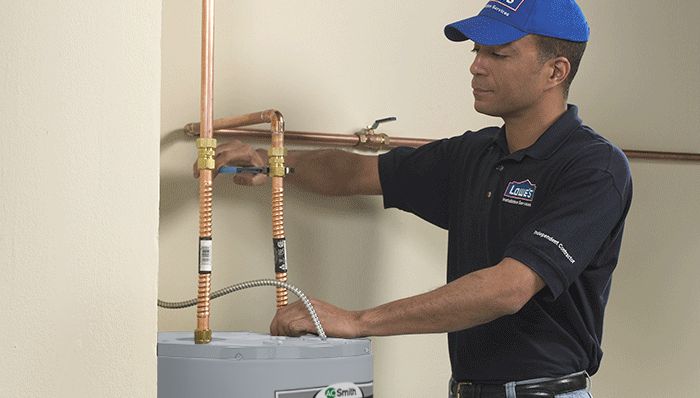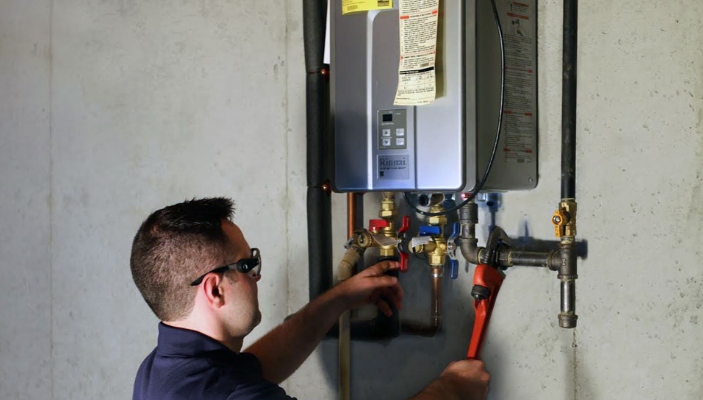Key Guidance on Caring for Your Home's Hot Water System
Key Guidance on Caring for Your Home's Hot Water System
Blog Article
The publisher is making several good pointers about How to Maintain a Hot Water Heater in a Few Simple Steps as a whole in the article below.

Warm water is important for day-to-day comfort, whether it's for a revitalizing shower or washing meals. To ensure your warm water system runs efficiently and lasts much longer, normal maintenance is vital. This article supplies practical ideas and insights on exactly how to maintain your home's hot water system to stay clear of disruptions and expensive repair services.
Intro
Maintaining your home's warm water system might seem complicated, but with a few straightforward steps, you can guarantee it runs smoothly for several years to come. This guide covers every little thing from recognizing your warm water system to DIY maintenance ideas and knowing when to contact specialist help.
Importance of Maintaining Your Warm Water System
Normal upkeep not only prolongs the life-span of your warm water system but likewise guarantees it runs efficiently. Neglecting maintenance can cause lowered performance, higher energy bills, and even premature failure of the system.
Indicators Your Warm Water System Demands Maintenance
Knowing when your hot water system requires interest can avoid major issues. Look out for signs such as inconsistent water temperature level, weird sounds from the heating system, or corroded water.
Recognizing Your Warm Water System
Before diving into maintenance tasks, it's helpful to recognize the standard elements of your hot water system. Usually, this consists of the hot water heater itself, pipelines, anode rods, and temperature controls.
Monthly Upkeep Tasks
Normal regular monthly checks can assist catch small concerns before they escalate.
Flushing the Hot Water Heater
Purging your hot water heater gets rid of debris build-up, boosting effectiveness and extending its life.
Monitoring and Replacing Anode Rods
Anode rods avoid corrosion inside the tank. Checking and replacing them when worn out is crucial.
Checking and Changing Temperature Settings
Adjusting the temperature setups makes certain ideal performance and safety.
Do It Yourself Tips for Upkeep
You can do a number of maintenance tasks on your own to maintain your hot water system in top problem.
Looking for Leakages
Frequently examine pipes and links for leakages, as these can result in water damage and greater costs.
Evaluating Pressure Alleviation Valves
Checking the pressure relief valve guarantees it works properly and prevents too much stress buildup.
Shielding Pipelines
Insulating warm water pipelines decreases heat loss and can conserve energy.
When to Call a Professional
While do it yourself maintenance is beneficial, some concerns need professional experience.
Complicated Issues Calling For Professional Aid
Instances include significant leaks, electric problems, or if your hot water heater is regularly underperforming.
Regular Expert Maintenance Perks
Professional upkeep can include complete inspections, tune-ups, and guaranteeing conformity with safety and security requirements.
Conclusion
Routine maintenance of your home's warm water system is essential for effectiveness, long life, and cost financial savings. By following these pointers and knowing when to look for professional assistance, you can ensure a trustworthy supply of hot water without unforeseen disturbances.
How to Maintain an Instant Hot Water Heater
Before tinkering with your hot water heater, make sure that it’s not powered on. You also have to turn off the main circuit breaker and shut off the main gas line to prevent accidents. Also turn off the water valves connected to your unit to prevent water from flowing into and out of the appliance. 2. When you’re done, you have to detach the purge valves’ caps. These look like the letter “T†and are situated on either side of the water valves. Doing so will release any pressure that has accumulated inside the valves while at the same time avoid hot water from shooting out and burning your skin. 3. When the purge valves’ caps are removed, you have to connect your hosing lines to the valves. Your unit should have come with three hoses but if it didn’t, you can purchase these things from any hardware or home repair shops. You can also get them from retail stores that sell water heating systems. Read the user’s manual and follow it to complete this task properly. When the hosing lines are connected, open the purge port’s valves. 4. You should never use harsh chemical cleaners or solutions when cleaning your unit. Make use of white vinegar instead. It should be undiluted and you’ll probably use about 2 gallons. 5. Now flush your water heater. This task should probably take about 40 minutes. We can’t give you specific directions for this because the procedure is carried out depending on the type, model and brand of your heater. With that being said, refer to the user’s manual. 6. When you’re done draining the unit, you have to turn off the purge port valves again. Remove the hosing lines that you earlier installed on each of the water valves. Put the valve caps (purge port) back in their respective places and be very careful so as not to damage the rubber discs that are found inside these caps. 7. Now that everything’s back in place, check your user’s manual again to find out how to reactivate your water heating system. 8. Once it is working, turn one of your hot water faucets on just to let air pass through the heater’s water supply pipes. Leave the tap on until water flows smoothly out of it. https://www.orrplumbing.com/blog/2014/september/how-to-maintain-an-instant-hot-water-heater/

I am just very drawn to How to Maintain Your Water Heater & Prolong its Life and I hope you liked the new blog posting. Sharing is good. Who knows, you might be helping someone out. I am grateful for your time. Come back soon.
Click Here Report this page